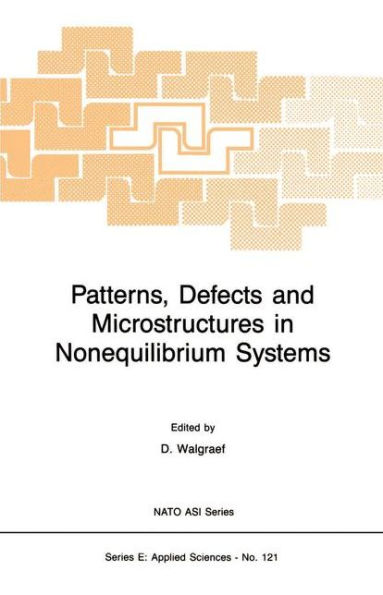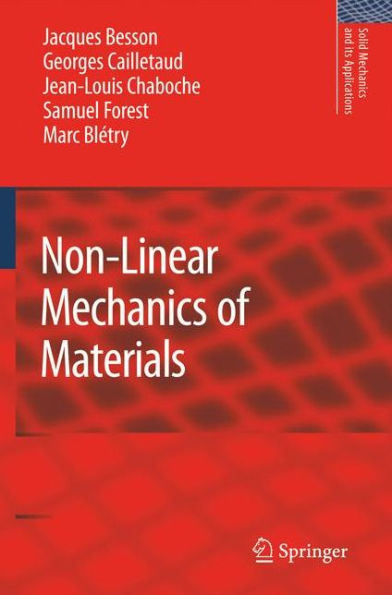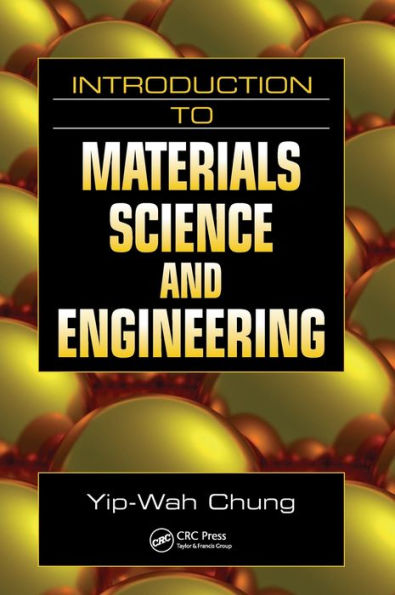Home
Patterns, Defects and Microstructures in Nonequilibrium Systems: Applications in Materials Science / Edition 1
Barnes and Noble
Patterns, Defects and Microstructures in Nonequilibrium Systems: Applications in Materials Science / Edition 1
Current price: $219.99


Barnes and Noble
Patterns, Defects and Microstructures in Nonequilibrium Systems: Applications in Materials Science / Edition 1
Current price: $219.99
Size: OS
Loading Inventory...
*Product information may vary - to confirm product availability, pricing, shipping and return information please contact Barnes and Noble
One of the most fascinating and intriguing aspects of natural phenomena is that complex systems may undergo symme try-breaking instabilities leading to pattern formation or coherent temporal behavior over macroscopic space and time scales. Therefore the understanding of why order may appear spontananeously in open systems far from equilibrium and which planforms are selected among a large manifold of possi bilities has become a major theme of research both theore- cally and experimentally. These studies, first related to fundamental questions, appear now to be of technological importance, especially for materials science problems. Effectively during the last years, the whole field of materials science experienced a complete renewal. By using techniques able to operate in strong nonequilibrium conditions and hence to escape from the constraints of equilibrium thermodynamics, totally new mate rials structures have been processed. Such techniques inclu de ion implantation, laser beam surface melting as well as electron beam heating. For example, ion implantation processing is able to create surfaces with compositions markedly different from the bulk, leading to materials having new electric, magnetic or chemical properties. In laser annea ling, after the tremendously rapid melting and recrystalliza tion of the sample surfaces, microstructures with superior resistance to friction, corrosion, ••• are frozen into place. Rapid solidification of alloys trigger the formation of quasi-crystalline structures. Ion beam mixing can modify the electrical properties of polymers or improve the adhesion of metallic films to ceramics.








